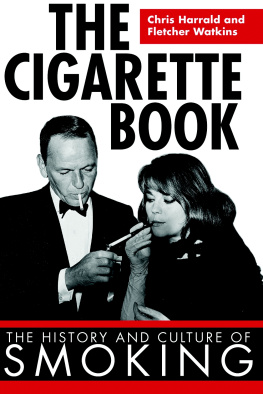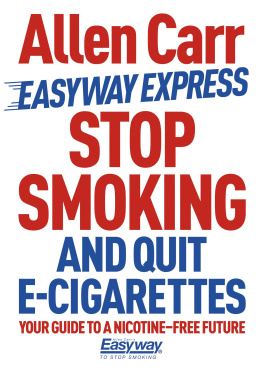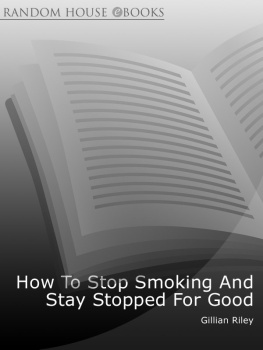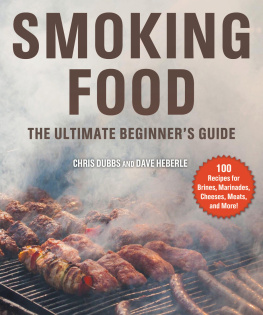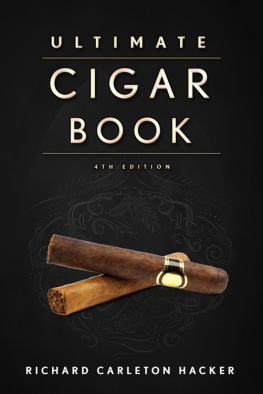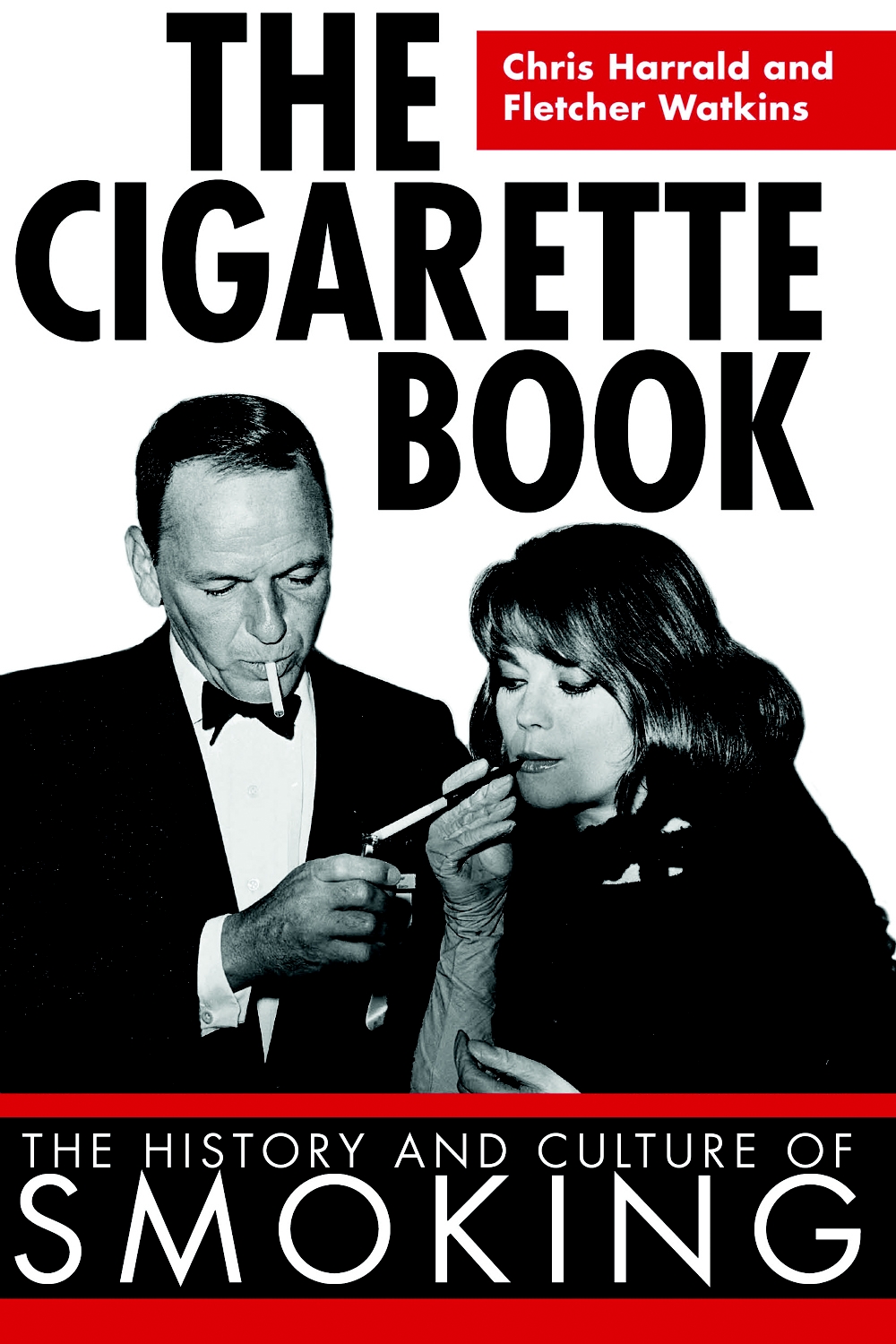Chris Harrald - The Cigarette Book: The History and Culture of Smoking
Here you can read online Chris Harrald - The Cigarette Book: The History and Culture of Smoking full text of the book (entire story) in english for free. Download pdf and epub, get meaning, cover and reviews about this ebook. year: 2010, publisher: Skyhorse Publishing, genre: Detective and thriller. Description of the work, (preface) as well as reviews are available. Best literature library LitArk.com created for fans of good reading and offers a wide selection of genres:
Romance novel
Science fiction
Adventure
Detective
Science
History
Home and family
Prose
Art
Politics
Computer
Non-fiction
Religion
Business
Children
Humor
Choose a favorite category and find really read worthwhile books. Enjoy immersion in the world of imagination, feel the emotions of the characters or learn something new for yourself, make an fascinating discovery.
- Book:The Cigarette Book: The History and Culture of Smoking
- Author:
- Publisher:Skyhorse Publishing
- Genre:
- Year:2010
- Rating:4 / 5
- Favourites:Add to favourites
- Your mark:
The Cigarette Book: The History and Culture of Smoking: summary, description and annotation
We offer to read an annotation, description, summary or preface (depends on what the author of the book "The Cigarette Book: The History and Culture of Smoking" wrote himself). If you haven't found the necessary information about the book — write in the comments, we will try to find it.
A truthful and learned treasury of musings on the miracle drug.Beryl Bainbridge
From A is for AardvarkWere not allowed to tell you anything about Winston cigarettes, so heres a stuffed aardvarkto Z is for Zippo, the iconic American lighter, The Cigarette Book is the ultimate souvenir and celebration of the dying art of smoking. Encyclopedic in both layout and range, this is an ideal consolation gift for those who have stopped, an ideal aide de memoire for those who might, and a defiant puff of libertarian brilliance for those who wont. Celebrate the Hollywood age of smoking when film stars lit up with glamorous abandon. Witty, illustrated, collectible, and up-to-date.All smokers know that cigarettes are dangerous. Each one is a dance with deathand the defiant smoker will say that therein lies its charm. So each puff is an existential gesture, an assertion of choice and life in the face of death.
One day the last cigarette on earth will be smoked. One final puff will be sent heaven-bound, leaving a lingering, evanescent smoke ring. And the wise of this world will rejoice. Because logic demands that mankind is rid of this pernicious poison. And wasnt that well-known logician Adolf Hitler the most virulent opponent of cigarette smoking in the last century? Until then, read this book. 50 black-and-white illustrations
Chris Harrald: author's other books
Who wrote The Cigarette Book: The History and Culture of Smoking? Find out the surname, the name of the author of the book and a list of all author's works by series.

